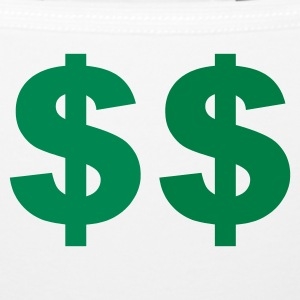— July 21, 2018

First, a fact. Too many people at too many companies see price as a constant. They believe in the “set it and forget it” mindset when it comes to pricing. Once you have settled on a price for your product or service, you lock it in and never re-evaluate it.
I hope we can all agree that this is lunacy.
Price is one of the key levers that marketers have at their disposal. And to ignore it is to settle for sub-optimal performance.
But that still begs the question, how do you know when it’s time to change your prices?
Here are a few clues to look for:
1. Yours peers have changed their prices
Any significant change in competition deserves your attention. And if competitive pricing changes – up or down – it could be a signal that the market is about to shift. While I do not believe in matching your competitor’s prices, I do believe in paying attention to when it changes.
When your competition raises prices, it could be due to an increase in demand that they are seeing. Are you seeing it to? Why not?
If they lower their prices, it could be that they are trying to steal market share, either from you or from your other competitors. How are you going to respond?
2. You are releasing an upgrade
Changes in your offering might lead to changes in your pricing. If you are increasing the value for your customers, you might consider asking them to pay more for that value. Some companies may offer multiple versions of a product – such as a premium option, which costs more – while others will simply replace their old product with a newer, better one. Regardless of your strategy, take the time to review your pricing strategy every time you come out with a product change.
3. You are rebranding
When your company is going through a brand transition, it is most probably because you are aiming to reposition yourself within the industry. A new position might require a new price.
For example, a value brand might decide that they need to reposition themselves as a luxury brand. But chances are that the market won’t buy the shift if you are still offering your products at a lower price than the competition.
You need to know who your target market is and what they can afford.
4. You are seeing a shift in buyer behavior
Demand in many categories ebbs and flows over time. Famously, New York City umbrella vendors raise their prices when it’s raising. That’s because they are smart enough to know that’s when demand spikes. To meet the rising demand, and maximize their profits, they raise their prices.
Like the umbrella vendors, your company needs to be aware of when demand rises and falls. You should be able to sustain a higher price when you see the most demand, and shift lower when demand falls.
Conclusion
Price is a variable input which will affect sales and revenue. Use it to maximize growth at your company by recognizing when it’s time to change.
Business & Finance Articles on Business 2 Community
(61)






